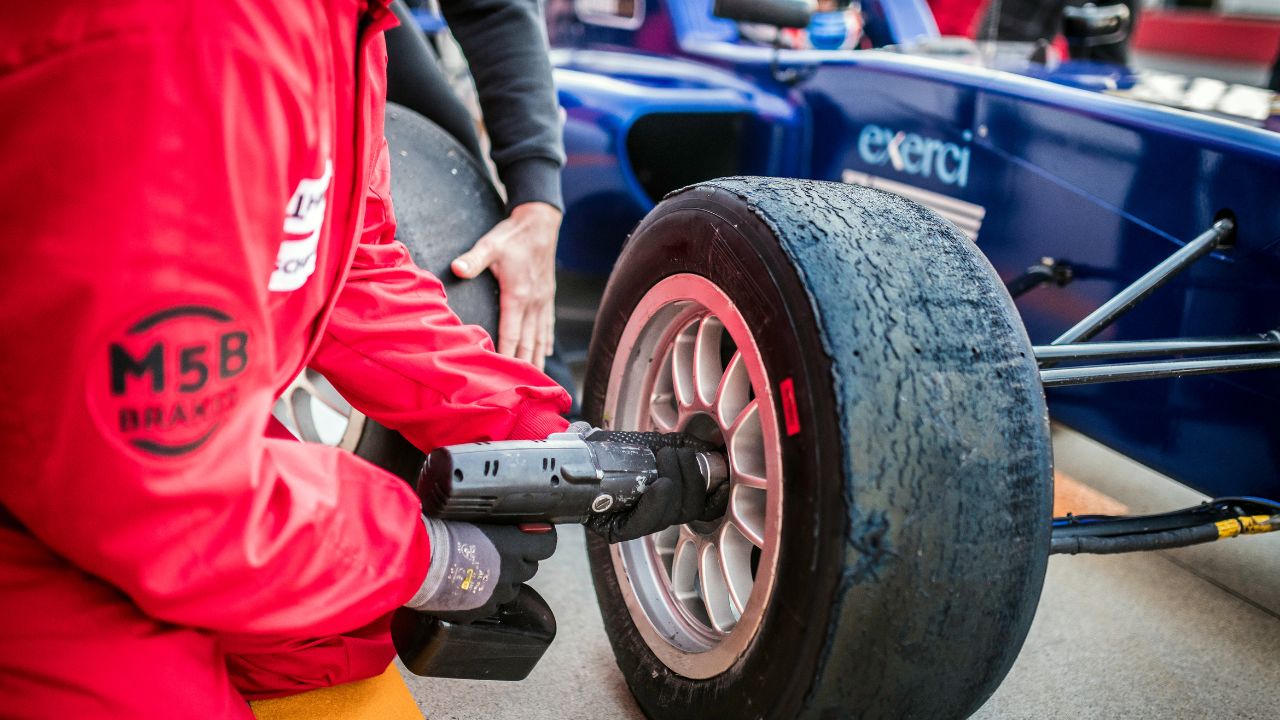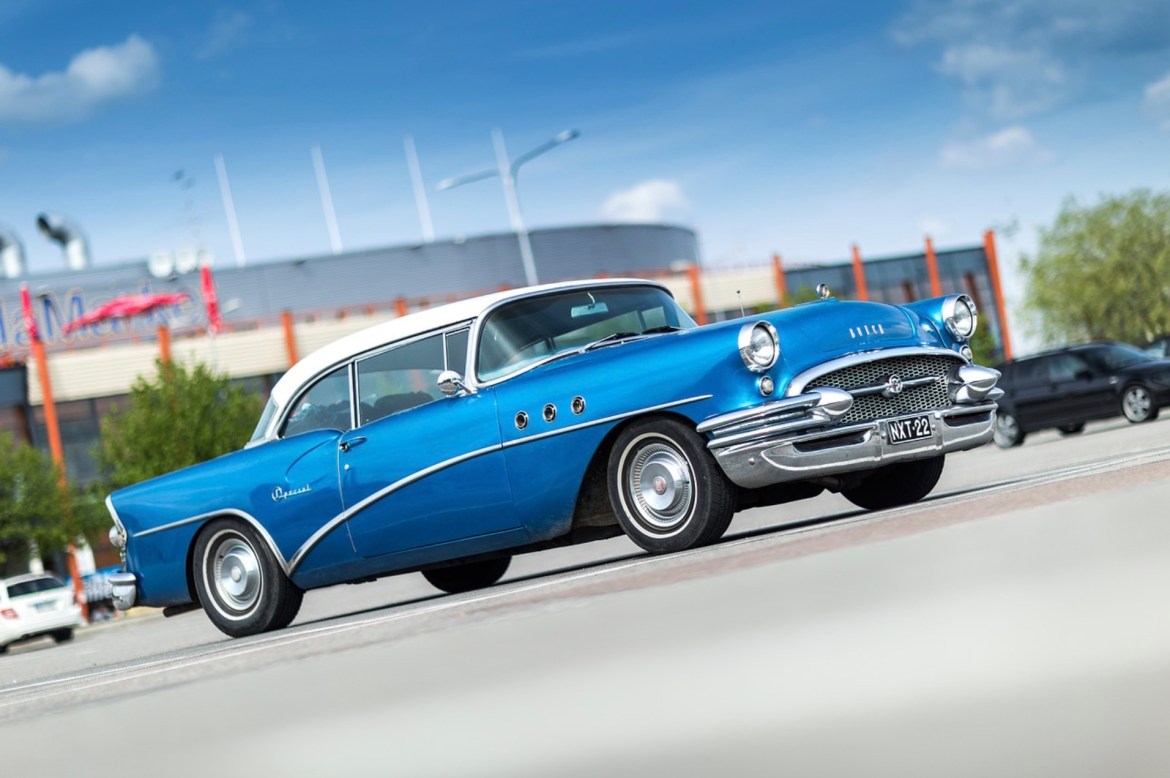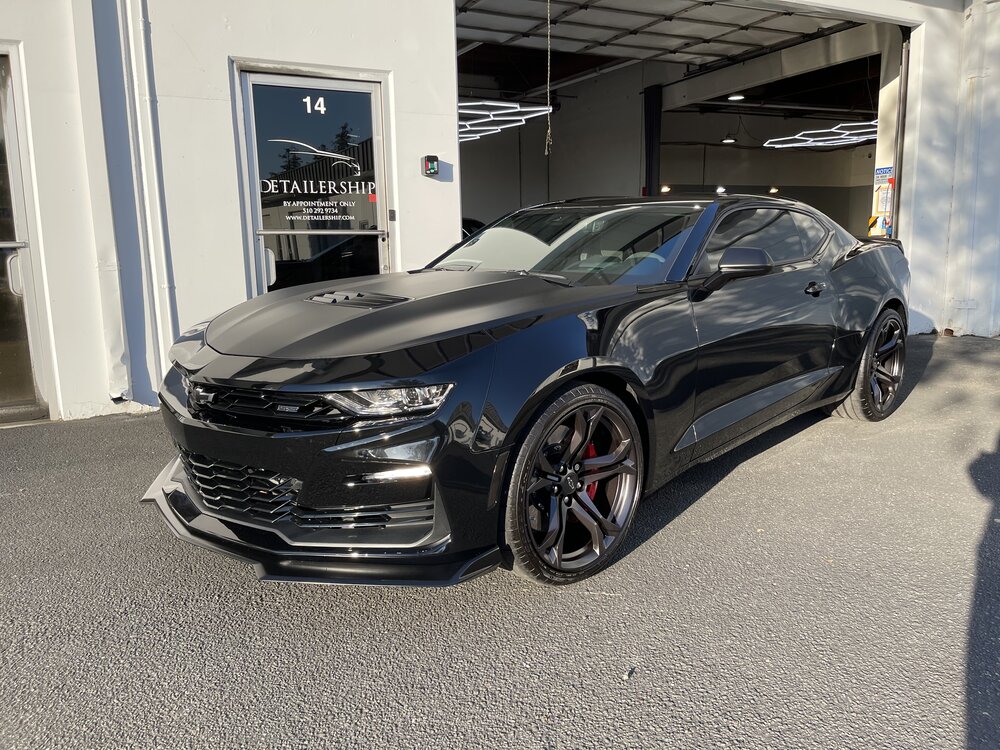
Here are some options if you are looking for the best snow-sport car. Porsche 911 is one example. These cars are capable to perform incredible feats on snowy roads. This article will tell you which one is best for snowy driving conditions. A new Land Rover Defender is also available on the same platform.
Porsche Carrera 4
You should not drive your Porsche Carrera 4 sports vehicle in snow unless it is in a very cold climate. Winter weather can significantly affect the handling and power of your vehicle. You will need to ensure that your car is properly equipped with winter tires in order to maintain the handling balance. It may seem difficult to find snow tires for your vehicle, but they are readily available.
Subaru WRX STI
The Subaru WRX STI sportscar needs to be driven in snow. This requires special skill and a good eye for direction. The car handles very well, but you shouldn't let snow accumulate on your lawn. The vehicle requires a snowy lane, and can only be driven with the rear wheel. But if you do want to experience the car's performance in the snow, it is the ultimate challenge.

Audi TT
While driving in the snow with an Audi TT sportscar is not an enjoyable experience, it is one that you will never forget. The snow conditions were difficult, but the car was capable of handling the blizzard conditions. The Audi easily slipped through snow and ice at speeds of 20mph. When the roads got slippery, its Quattro fourwheel drive system was capable of shifting grip to its Pirelli tires. We drove at a steady pace on snow-covered roads while navigating through ditches, ice fields, and other obstacles. We were unable to drive the TT over any steep hills or into any corners.
Land Rover Defender
Land Rover Defender SUV powered a 44-ton transporter from the snow with its huge wading depth, which was 900mm. The Defender can move over snow with its turbocharged 2.0 liter 4-cylinder engine and air suspension. In fact, the SUV has a 0-to-60-mph time of 5.8 seconds, which is quite impressive, especially considering its mass.
Volvo V60
The 2020 Volvo V60 Cross Country, which is designed for snow driving, is extremely comfortable. The V60 is more athletic than other cars in its class. Even if your car doesn't have snow-clearing ability, the car still feels agile. It also feels confident and secure when driving on icy roads. This car also has better grip than most of its rivals, making it a good choice to drive in snowy conditions.
Volvo V90 Cross Country
If you're planning to take your Volvo V90 Cross Country out for a spin in the snow, the infotainment system is just what you're looking for. Google and Volvo V90 Cross Country collaborated to develop the infotainment software. The system includes apps from Google like YouTube, Spotify, Google Maps and Spotify. The system supports over-the–air updates and has large "virtual” buttons and type fonts. The optional Bowers & Wilkins soundsystem is also exceptional.

Land Rover Range Rover Sport
To make your sports car the best in the snow, there are a few things you should look out for. Land Rover Range Rover Sport includes a Snow/Wet mode, which reduces throttle response and activates a locking center differential. This is crucial for snowy conditions as it can make a huge difference in starting from a standing stance. It also includes a low-traction mode that reduces throttle input, allowing for constant speed.
FAQ
What does it matter which college I attend?
Non, really. There is no difference between colleges in terms of how to get into the automobile industry. But, there are better programs at some schools than others. Look elsewhere if you want something more niche.
Is a career in automotive mechanic promising?
If you are determined to excel, the automotive industry offers many opportunities. Working hard and learning from others is the best way to be successful in this field.
You'll need to have excellent communication skills because you'll spend most of your time talking to customers and other employees. You will need to be able and willing travel for work, making it more difficult to commute.
If you are interested in a career working in automotive, then consider attending classes at community colleges. Many schools have programs that are specifically tailored for students who are interested in automotive sales, repair, and customer service.
Mechanical engineering should be your first choice for a degree. A bachelor's degree can be obtained in four years.
Many employers will hire graduates straight out from school. So it's wise to start looking for employment while you still have the chance to study part-time.
After you have completed your education, you will likely need some training to be able to work as an automotive technician.
This means that you must pass the Automotive Service Excellence exam. This exam covers topics such as engine maintenance, brakes and suspension.
After passing the ASE test you can apply for a National Institute for Automotive Service Excellence (NIASE) license.
A license permits you to repair private vehicles. You'll be paid based upon the number of services provided.
Not all states require licensing. If you intend to work in another state, however, you will need a license.
Some states don't issue licenses until after completing a certain amount of training. If this applies to you, then you may need to find another option.
Is it hard to be a mechanic apprentice?
Although it's not an easy task, you will learn quickly and have many opportunities to advance.
You will need to be patient and persevering. You must also know how to fix cars, trucks, and motorcycles.
There is a lot of pressure from customers and family members who want you to succeed. But, you shouldn’t be pressured to make any decisions you aren’t happy with.
This is a career that you might enjoy if you are passionate about fixing cars. This job allows you to make a decent wage and build up your company.
However, you might prefer to go down another route. If this is the case, you might want to become a technician.
This requires you to use your technical expertise in support of other workers. Technicians could benefit from your technical expertise to solve problems or teach new techniques.
Another option is becoming a service advisor. You will offer assistance and advice to customers when they bring cars to a garage.
Your decision depends on what you want to do. There are plenty of options available, and you can choose which suits you best.
What is the distinction between a mechanic or an automotive technician?
These two jobs are very similar but not identical. Both a mechanic and an automotive technician can repair cars.
A mechanic should be able to do simple tasks quickly and have good manual dexterity. They should also be able correctly diagnose and repair any problems.
A technician in automotive is more technical than a mechanic. They must be able and able to read blueprints as well as use tools like drills or wrenches.
They must be able and competent to safely perform complicated procedures. They must be familiar with all types of electrical and engine systems.
They should also be able understand how different parts interact.
This means that mechanics usually make less money than automotive technicians. There are many job opportunities in both.
How do I fix my vehicle as a hobby?
It's a great hobby to take on if you are passionate about cars. You can repair them, buy their parts, sell them, or just have fun with them. If you are looking for something more, it would be an excellent hobby.
It's difficult to make this a fulltime job. It takes dedication and hardwork. It will also require a large amount of investment.
It is best to avoid getting involved in car accidents unless you have good reasons.
How long does it take to become a good mechanic?
It takes years of practice and experience to become an expert mechanic. It is best to learn how to fix cars under the supervision and guidance of a professional mechanic.
You will be required to spend time at a car garage learning as much as you can about cars. You'll need to study mechanical engineering books on mechanics and car design.
You will also need to go to auto school.
The most important thing is to start early. Do not wait to learn automotive technology. Get started now if you are interested in becoming a mechanic.
Statistics
- According to the BLS, the median annual salary for automotive service technicians and mechanics in the United States was $44,050 in May 2020. (uti.edu)
- 52% of Mechanics in the United States think their salaries are enough for the cost of living in their area. (indeed.com)
- There were 749,900 jobs available for automotive service technicians and mechanics in 2016, which is expected to grow by six percent through 2026. (jobhero.com)
External Links
How To
How to properly diagnose your car for repair
The symptoms of your vehicle are the first thing you need to look at in order to determine whether it is in dire need of repairs. Follow these steps to properly diagnose your vehicle.
-
Check engine lights. Inspect the dashboard light indicators. These include the engine lights, the oil pressure gauge and the battery light indicators. The RPM gauge and coolant temperature gauge should also be checked. If any of them have been flashing for several days, it may mean something is wrong with your vehicle.
-
Take a look at the treads. Tires with worn treads could cause problems when handling or braking. You should also inspect the wheel treads. You should ensure that they are clean and smooth. To do this, remove the wheels and take them out. Use a flashlight to see how well the treads are worn.
-
Observe the brake fluid level. You should always keep track of the amount of brake fluid in your vehicle. This will ensure your brakes function properly. Your brakes may fail if the brake fluid level drops.
-
The suspension system should be tested. The suspension system in vehicles absorbs vibrations and shocks. It gives you better control and allows for smoother accelerations and decelerations. If your vehicle has a suspension problem, it might feel wobbly or shake uncontrollably. Try putting some weight on your front or rear axle to determine if you have a suspension problem.
-
Examine the steering column. The steering columns are what connect the steering knob to the rest. Sometimes, steering columns are damaged by accidents. You should replace the steering column if it is loose or weak.
-
Pay attention to the exhaust pipe. The exhaust pipes transport gases from the combustion chamber to outside. If your exhaust pipe leaks or cracks, it will allow harmful fumes into your cabin. If your tailpipe bends, it is important to fix it immediately.
-
Check under the hood. Take a look underneath the hood to find any strange or unusual items. Your engine could be leaking fluids. Also, professional technicians should be called if you detect an unusual smell coming out of your engine compartment.
-
It is important to inspect the air filter. Your vehicle's air filter collects dust and debris from the outside environment. A dirty filter can lead to a poor vehicle's performance. Replace your air filter regularly.
-
The fan belt should be checked. Your vehicle's fanbel connects the engine and transmission. If it breaks, the engine won't turn over. It is very easy to replace your belt. All you need to replace the belt is a screwdriver with pliers.
-
You should inspect the radiator and hoses. The radiator-hose carries water to the engine. It can cause hot liquid to leak onto the engine if it is damaged or cracked. To repair the hose, you will only need to use a pair needle-nosepliers and a wire brush.
-
The windshield wipers should be checked. Windshield wipers use electricity for snow and rain removal. If they stop working, they could leave streaks on your window glass. Simply change the washer oil to fix the problem.
-
You should inspect the cables. Your car's electrical system is powered by batteries. Make sure you disconnect the negative cable before replacing batteries. Failure to do so can damage your alternator.
-
Pay attention to your headlights. Headlights help you see the road ahead. It can lead to poor visibility if they aren't working properly. You can check the bulbs to make sure they aren't burned out.
-
Always check your lights. The lights are there to warn other drivers if they approach you at night. One that doesn't work could cause you to be distracted, and possibly lead to an injury.
-
Inspect your brakes. Before you have a collision, brakes slow down your car. You may lose control of your vehicle and crash if the brakes don't function properly.
-
Change the oil. Oil keeps your engine lubricated. It protects metal parts and prevents them from wearing too quickly. It is recommended that you change your oil at least once per month.